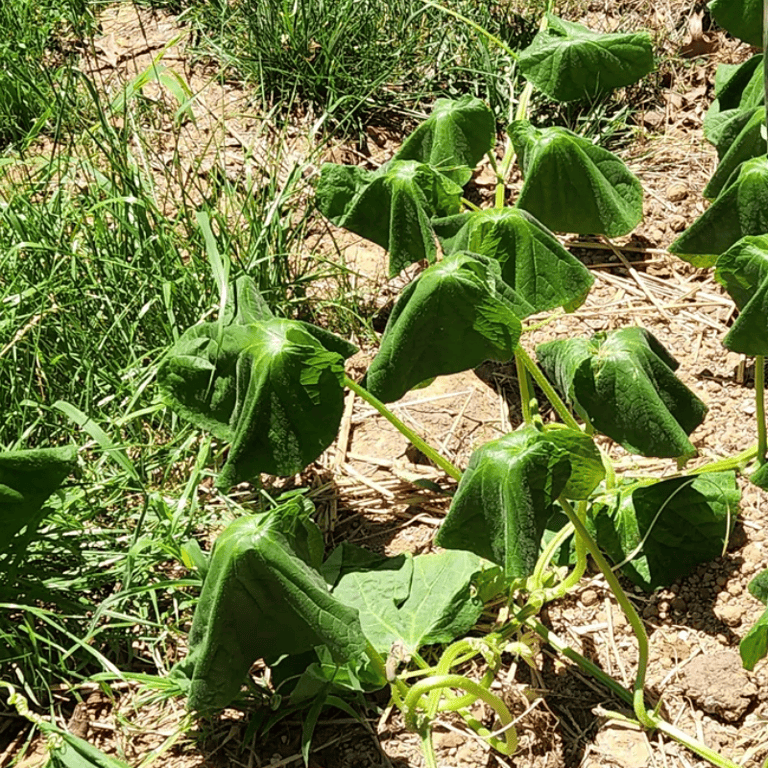Vegetable Catalog


Vegetables
Vegetables are edible plants or plant parts that are consumed as food. They can be roots, stems, leaves, flowers, or botanically classified fruits.
Vegetables are an integral part of a balanced diet, providing essential nutrients, vitamins, minerals, and dietary fiber.
They come in a wide variety, offering different flavors, textures, and colors to dishes.
Some common examples include leafy greens like spinach, root vegetables like carrots and potatoes, cruciferous vegetables like broccoli and cauliflower, and botanically classified fruits like tomatoes and eggplants.
The study of vegetables is called Olericulture, which is a branch of horticulture focused on the cultivation, production, and utilization of vegetable crops.
Understanding Vegetables
Vegetables are an essential part of a healthy diet, providing a wide range of vital nutrients. From leafy greens to root vegetables and everything in between, they offer diverse flavors, textures, and colors to explore.
At their core, vegetables are the edible parts of plants, such as roots, stems, leaves, flowers, and even some botanically classified fruits like tomatoes and eggplants. This diverse group includes underground crops like potatoes and carrots, as well as above-ground varieties like broccoli and spinach.
Vegetables are packed with vitamins, minerals, fiber, and other beneficial plant compounds. Incorporating a variety of vegetables into your meals can support overall health and may help reduce the risk of certain chronic diseases.
Beyond their nutritional value, vegetables are incredibly versatile in cooking. They can be prepared in numerous ways, from raw in salads to cooked in soups, stir-fries, and casseroles, allowing for endless culinary creativity and cultural exploration.
Taxonomy and Classification

Vegetables belong to the kingdom Plantae and are classified based on their taxonomic families, genera, and species. Some of the major plant families that include common vegetables are:
Amaryllidaceae (Alliums)
- Genus: Allium
- Examples: Onions, garlic, leeks, chives
Apiaceae (Umbellifers)
- Genera: Daucus, Apium, Petroselinum
- Examples: Carrots, celery, parsley
Asteraceae (Sunflower family)
- Genera: Lactuca, Cichorium
- Examples: Lettuce, endive, artichokes
Brassicaceae (Mustards/Cruciferous)
- Genera: Brassica, Raphanus
- Examples: Broccoli, cauliflower, cabbage, radishes
Cucurbitaceae (Gourds)
- Genera: Cucumis, Cucurbita
- Examples: Cucumber, squash, pumpkins
Fabaceae (Legumes)
- Genera: Pisum, Phaseolus
- Examples: Green peas, green beans
Solanaceae (Nightshades)
- Genera: Solanum, Capsicum
- Examples: Tomatoes, potatoes, eggplants, peppers
In addition to families, vegetables are further classified into various categories based on their edible parts, such as:
- Root vegetables (carrots, beets, radishes)
- Bulb vegetables (onions, garlic)
- Stem vegetables (celery, asparagus)
- Leafy greens (lettuce, spinach, kale)
- Cruciferous vegetables (broccoli, cauliflower, cabbage)
- Marrow vegetables (squash, pumpkins, cucumbers)
- Seed vegetables (peas, beans)
This taxonomic classification helps in understanding the relationships between different vegetable crops and their botanical characteristics.
Characteristics
Here is a list of key characteristics of vegetables:
- Edible Parts: Vegetables are the edible portions of plants, including roots (carrots, radishes), stems (celery, asparagus), leaves (lettuce, spinach), flowers (broccoli, cauliflower), and some botanically classified fruits (tomatoes, eggplants).
- Nutrient-rich: Vegetables are nutrient-dense foods, providing essential vitamins, minerals, dietary fiber, and beneficial plant compounds like antioxidants.
- Low in Calories: Most vegetables are naturally low in calories, making them an excellent choice for weight management and a healthy diet.
- Variety: Vegetables come in a vast array of colors, shapes, sizes, and flavors, offering a diverse range of options to explore.
- Versatility: Vegetables can be prepared in various ways, including raw, cooked, steamed, sautéed, roasted, or incorporated into various dishes and cuisines.
- Perishability: Many vegetables are highly perishable and should be consumed soon after harvesting or purchase to retain their freshness, flavor, and nutritional value.
- Seasonality: Some vegetables are available year-round, while others are seasonal, with their peak availability and flavor varying based on growing conditions and location.
- Plant Families: Vegetables belong to different plant families, such as the Brassicaceae (cruciferous vegetables like broccoli and cabbage), Solanaceae (nightshades like tomatoes and eggplants), and Apiaceae (umbellifers like carrots and celery).
Vegetables (Alphabetically)
Latest Vegetable Posts
-
Cucumber Heat Stress: Why Your Plants Struggle in Hot Weather
Discover why cucumbers struggle in summer heat and how to help them thrive. Learn the science behind heat-stressed pollen and simple solutions to boost your cucumber harvest even when temperatures soar.
-
Introduction to Artichokes: Exploring the Basics
Enjoy our Introduction to Artichokes. We explore the basics of artichokes from what they are to how to eat them.



















